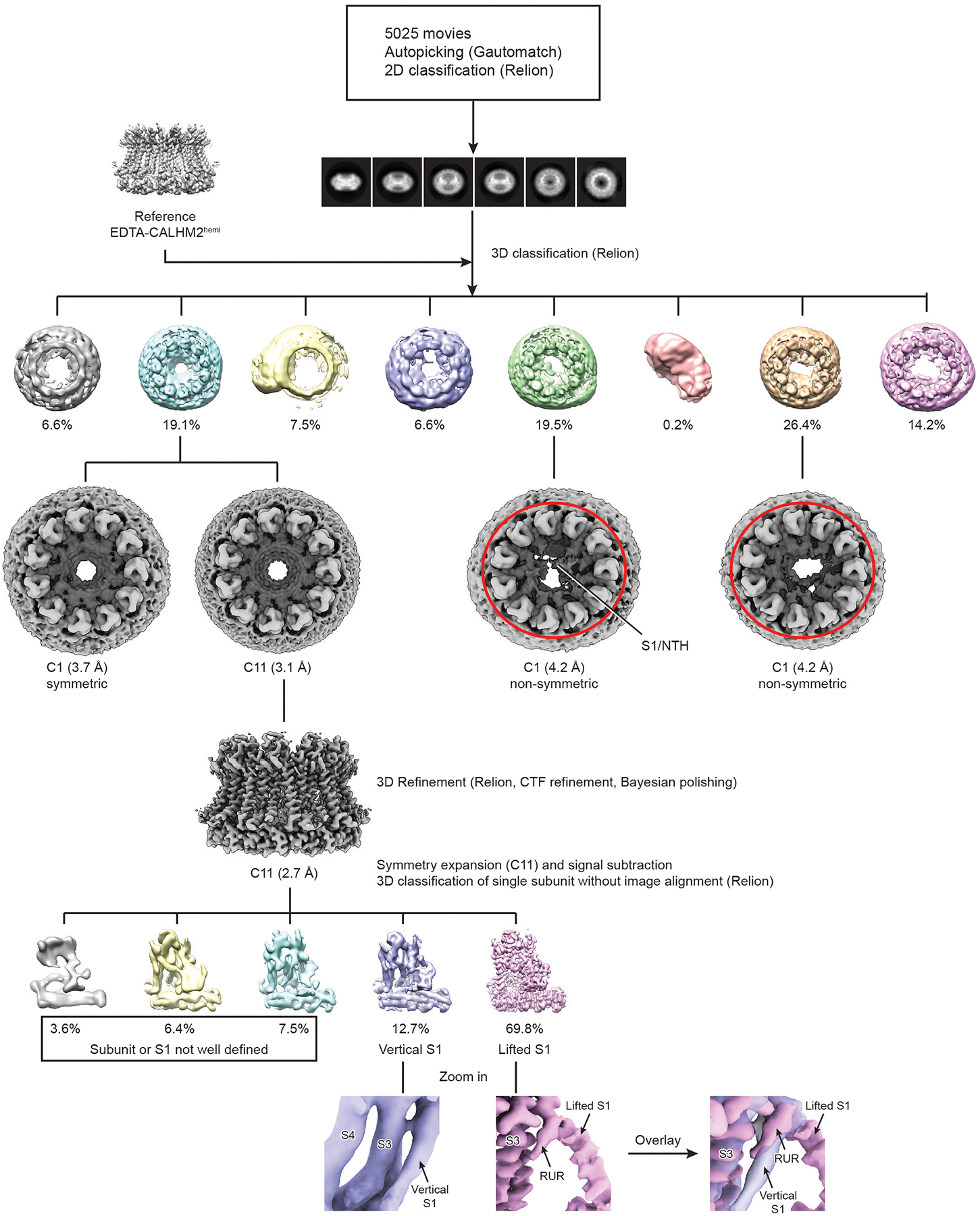Extended Data Fig. 4 |. The workflow of cryo-EM data processing for RUR–CALHM2.

A total of 5,025 movies was collected using a Titan Krios equipped with K2. Particles were autopicked using Gautomatch, and visually examined in RELION to eradicate false-positive selections. After manual clean-up, particles were subjected to two rounds of 2D classification in RELION. Three-dimensional classification using the map of EDTA–CALHM2hemi as an initial model yielded three classes with high-resolution features. Particles from the three classes were refined without applying symmetry, and particles from the class that showed obvious C11 symmetry were further refined using C11 symmetry. The two non-symmetric classes are highlighted by the red ellipses. The densities of the S1 helix and NTH that extend to the pore centre in one of the non-symmetric class are labelled. To assess the structural heterogeneity of helix S1, an approach that combined symmetry expansion and signal subtraction was carried out, in which all the subunits were subtracted and classified without image alignment in RELION.
